The Ultimate Guide to Tezos NFT Marketplace
Tezos NFT Marketplace is a cutting-edge blockchain network that uses delegated Proof-of-Stake to enable speedy transactions via its ecosystem of smart contracts and decentralized applications. Its low transaction fees are a massive benefit for firms that continuously need a secondary income source.
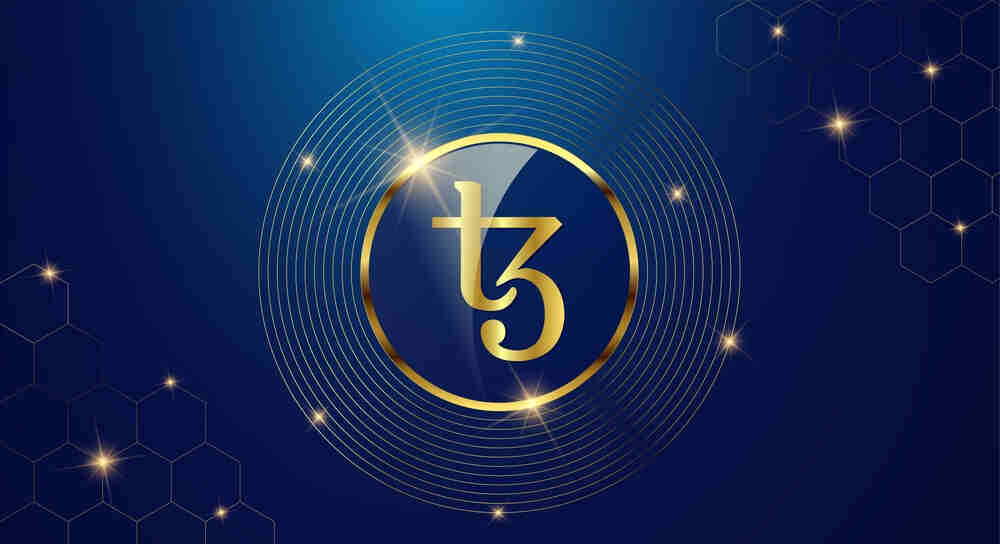
Are you sick of Ethereum's exorbitant gas expenses and seeking a better alternative? We could have just the thing for you if you're open to new blockchain ecosystems like Tezos NFT marketplace.
In 2018, the blockchain landscape saw a meteoric rise in the popularity of decentralized applications, with even more on the horizon. Tezos has evolved from its initial release in September 2017 to become the platform for dapps because of its focus on green technology and eco-friendly governance. It has also just launched a beta version for its next-generation smart contracts platform.
This article discusses everything you need to know about the Tezos NFT marketplace, including what it is and why it matters to businesses seeking a decentralized solution. Its cheap transaction fees are a massive bonus for businesses that constantly need a secondary source of income.
What Is the Tezos NFT Marketplace?
Tezos NFT marketplace is simply the platform where Tezos users can create, trade, and buy non-fungible tokens (NFTs). The Tezos blockchain can provide stability and security features needed to store these tokens. However, it can only do so if it has a body of participants willing to run nodes that support the blockchain and interface with other blockchains via relays or gateways.
In a nutshell, the ecosystem for dapps is not large enough to support the stringent requirements that a blockchain requires to be decentralized and secure. It is where people like you come in. If you want to create dapps with NFTs, then it’s time to join the Tezos NFT marketplace today.
The Tezos NFT marketplace is where people can create and sell their dapps using the Tezos network. These tokens are then stored in a centralized location which could be in the form of a service like an exchange or on a different blockchain altogether.
With Tezos marketplace, you can create your blockchain application or use one that has already been created, thanks to its smart contract technology. Moreover, you don't have to worry about transaction fees because the smart contracts will run using their resources, which have been pre-funded by another party.
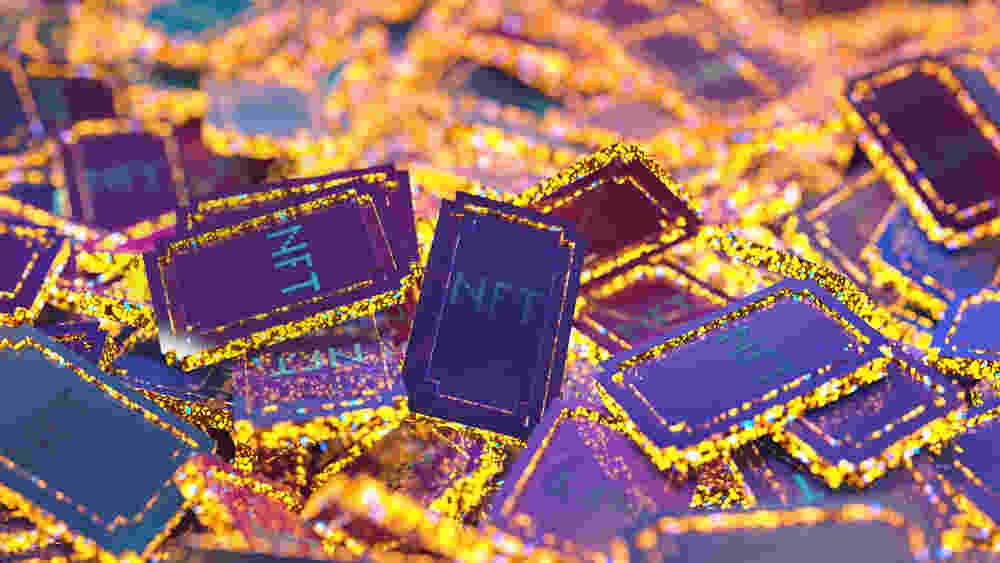
Fungible and non-Fungible Tokens
Fungible tokens are interchangeable because they are identical. For instance, if you have a twenty-dollar bill, you may exchange it for another twenty-dollar bill, and it will keep its worth. The situation is different with non-fungible tokens. An NFT is a non-fungible token on a blockchain, as the name indicates. Each NFT is unique and cannot be substituted. As a result, NFTs are used to assert ownership over exclusive things such as artworks, certifications, contracts, and title documents.
Non-fungible tokens are gaining popularity in the cryptocurrency market. The NFT movement began in 2015 with the creation of the first NFT project on the Ethereum platform. Since then, the movement has spread to a rising number of blockchains, including Tezos NFT marketplace.
Tezos is a sophisticated blockchain that employs the Liquid Proof of Stake consensus mechanism (a type of delegated Proof of Stake), which is more efficient and allows for greater levels of self-governance.
What Exactly Are Tezos And XTZ?
Tezos is a cutting-edge blockchain network that employs delegated Proof-of-Stake to enable quick and efficient transactions via its ecosystem of smart contracts and dApps. It is well recognized for its highly democratized type of self-government. Tezos' native token is $XTZ, sometimes known as a "Tez" or "Tezzie." Tezos NFT marketplace created a significant impact when it first appeared on the scene during the 2017 ICO mania.
How Does the Best Tezos NFT Marketplace Function?
Tezos uses a Proof-of-Stake (PoS) consensus process instead of Ethereum's and other blockchains' Proof-of-Work (PoW) systems. It is where Tezos' ecological and economic selling points originate. PoW necessitates computers competing against one another to solve complicated puzzles to add blocks and transactions to the blockchain. As a result, blockchains that employ PoW (like Ethereum) require a lot of computing power — and hence much energy — to function.
Tezos Liquid Proof-of-Stake system is classified as delegated PoS, which increases efficiency and allows anybody to participate in the staking process. Tezos differs from many other initiatives in that it is designed to be a highly interactive network. It means that members have far greater power over the network's rules than on other blockchains. And since it is self-governed, it can grow and adapt to constraints faster than other blockchains.
PoS also allows users to stake a certain amount of their cryptocurrency in exchange for the possibility of being picked at random as a block validator. This approach rewards loyalty while lowering the computing labor required to validate blockchain blocks and transactions. As a result, Tezos operates effectively and costs far lower fees than other blockchains. Indeed, it consumes almost two million times less energy than Ethereum.
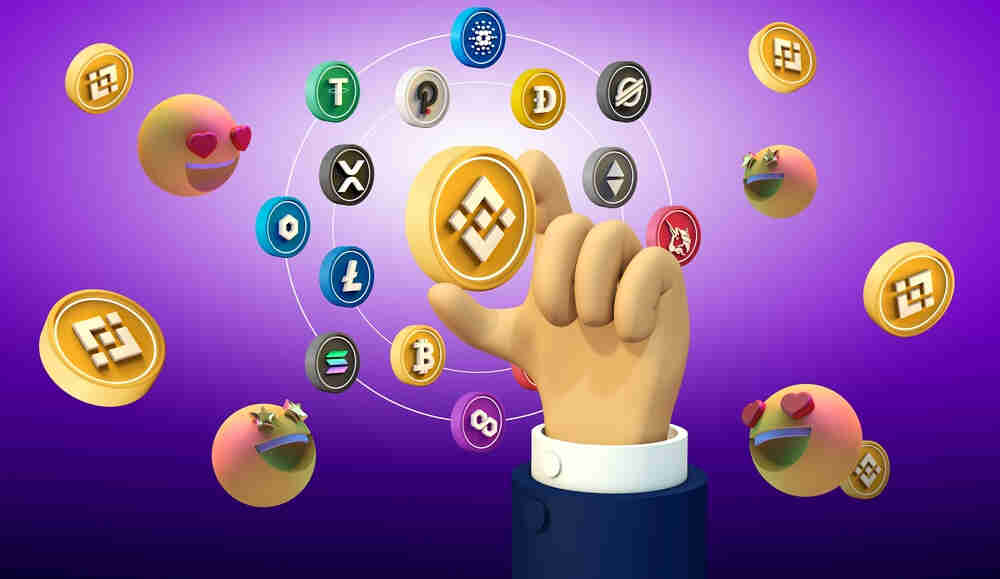
Red Bull Racing and McLaren are among the major brands that have already collaborated with Tezos to bring new NFT-based fan experiences to Formula 1.
A few things you should consider when looking for the best place to list your digital assets on the blockchain are community size and engagement, ease of use, the reputation of the site, and creativity of digital assets being created. Every NFT marketplace has its pros and cons. The key is to find the best Tezos NFT marketplace that suits your needs.
What to Consider When Looking for the Best Tezos NFT Marketplace
Some of the benefits you will receive from listing items on the blockchain include:
Better availability of digital assets not available on traditional marketplaces (e.g., due to licensing issues and privacy laws). Ease of use for your customers: no account creation required or shopping cart integration needed; upload and sell! There are fewer fees because you don't need to pay platforms to store your listings: buyers can visit you directly without signing up for a platform or using their shopping carts. Creativity: allows for some of the wildest designs amongst digital assets on other exchange sites.
Picking an NFT marketplace for you needs you to evaluate the same considerations that you would consider when choosing a crypto exchange. Among these elements are:
- The Base Currency: This varies with each NFT marketplace because they do not all run on the identical blockchain. As a result, specific marketplaces may accept cash or employ cryptocurrencies like ETH, SOL, and BNB. Furthermore, some NFT marketplaces may require specific wallets to work.
- The kind of NFT: What kind of NFT are you seeking? Are you looking for anything in the gaming or creative industries? Perhaps you want a sports NFT or something valuable. Consider the sort of NFT you want since this will help you determine the best Tezos NFT marketplace to secure it.
- Gas Prices: This is also significant because each NFT marketplace charges different gas fees. You want to maximize your earnings by selecting the lowest option.
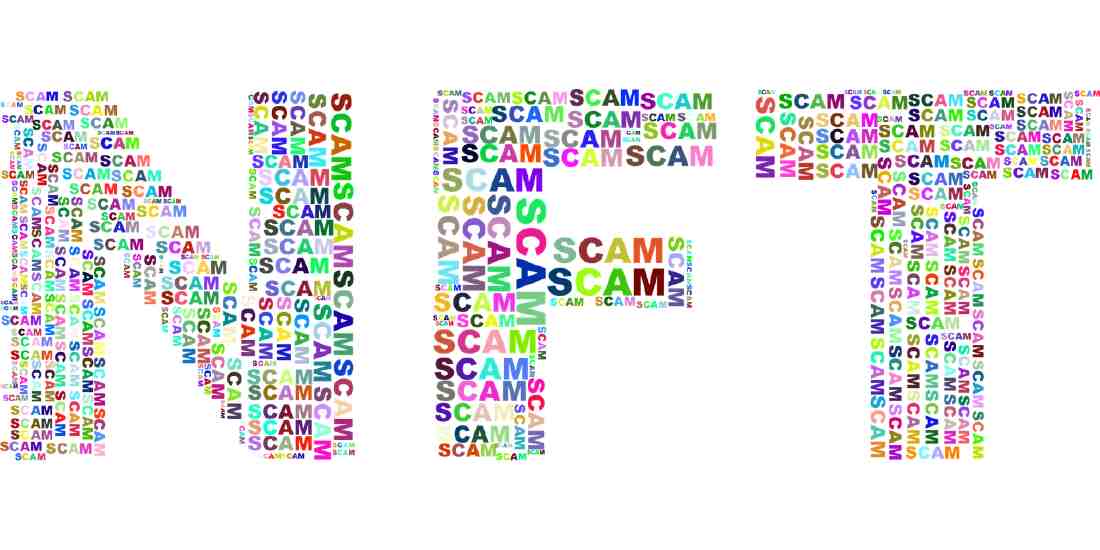
Some of the downsides to using an NFT marketplace are giving up access to your customers' information and relying on the site owner to maintain and secure your data. In addition, not all digital assets available on traditional marketplaces will likely be available on an NFT marketplace. Finally, you may have to pay a listing fee to list on the site (again, usually much lower than other sites).
Tezos NFT Buying And Selling Instructions
If you want to trade XTZ, you'll need a Tezos wallet. In contrast, hardware wallets such as Ledger and Trezor continue to be reliable and safe options for holding any cryptocurrency. Among the most popular wallets for trading crypto and NFTs on Tezos are Temple Wallet and Kukai Wallet.
Now that you've got your wallet, where should you get your Tezos cryptocurrency? Fortunately, you have many possibilities.
Although Tezos' native cryptocurrency, XTZ, is not the most popular cryptocurrency to trade, it is accessible for purchase and sale on practically every major controlled and decentralized exchange.
Tezos may be purchased via Coinbase, Binance, and various other marketplaces. Centralized exchanges are often easier to navigate and operate, making them ideal for newcomers. Of course, a decentralized exchange can also be used (DEX). These are like centralized exchanges in most ways, except they are dispersed throughout a network of computers rather than running on a single server. As a result, they are exempt from regulation. Then there are cryptocurrency brokers; these are centralized providers who function as a bridge between a user and the cryptocurrency markets to enable cryptocurrency exchanges. Users aren't trading with one another using current market pricing, instead, the broker determines the price.
It is preferable to research decentralized exchanges and brokers after understand blockchain and how to protect yourself when utilizing it.
How To Mine Tezos NFT? Making And Minting a Tezos NFT
Minting NFTs on the Tezos blockchain is like minting on Ethereum or Solana. As with other blockchains, you'll need to set up a wallet before you start. You'll also need to put a few dollars of the blockchain's native cryptocurrency (in this example, XTZ) into your wallet to pay minting and other transaction costs.
Don't worry about the cost; as previously indicated, Tezos' costs are far lower than those of the Ethereum network. It has lowered the barrier to entry for artists worldwide who want to mint NFTs.
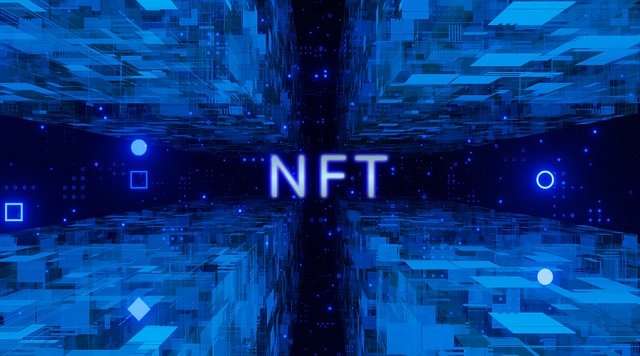
The sort of NFT you want to mint will ultimately define where you can mint it successfully. So, the next stage is to decide what type of NFT you want to mint (image, video, music, or any other art piece). That portion is simple (and primarily intuitive). You must also decide if you want to make a 1/1 (one-of-one) or an edition (multiple copies of the same NFT). If you want to create a large-supply NFT collection like CryptoPunks or Bored Apes, you might consider collaborating with an artist and developer before embarking on such a large-scale project.
When everything is said and done, and you have your JPEG or other assets ready to be converted into an NFT, it’s time to choose the suitable platform to mint on.
Tezos NFT Exchanges
Tezos, like other blockchains, has a varied selection of sites for enthusiasts to exchange NFTs. Although there aren't as many medium-specific marketplaces (as there are on Ethereum's music and photo NFT platforms), Tezos marketplaces offer a diverse range of small-batch to large-scale collections.
1. Objkt
Objkt is one of the Tezos blockchain's top and largest NFT markets. This marketplace can be compared to the OpenSea for Tezos NFT, housing everything from JPEGs to films and music. It is compatible with both the English and Dutch auctions. This platform has a large number of Hic et Nunc tokens. Originally, Hic et Nunc was the most popular platform, but after it was decommissioned in November 2021, Objkt swiftly took control.
Its features include:
- Repricing NFTs without delisting
- Follow feature
- Split royalties
- The mint date on the token page
- Add to favorites
- Bookmarking artworks to get alerts
- Collection collaborations
- Mint tokens with various producers
Fee
Artists may mint NFTs on objkt for as little as 0.0011 Tez. It shows its appreciation for artists by paying them royalties. GAP, an American apparel manufacturer, has begun releasing NFTs on objkt. Its NFT marketplace charges a 2.5 percent fee on each successful transaction.
2. Teia
Teia is unquestionably a close second to Objkt. This new marketplace was modeled after Hic et Nunc shortly after closing. It is a community-owned platform that looks and runs similarly to the late Hic et Nunc, and it has grown in popularity rapidly since its inception in Now, 2021.
Supporting Wallet
The platform supports AirGap Wallet, Galleon, Umami, Kukai Wallet, Naan Wallet, Autonomy, and Temple Wallet.
3. Kalamint
Kalamint was founded in 2020 by two Indians, Sandeep Sangli, and Harsha Bakku, as one of the first Tezos NFT marketplaces. Kalamint's categories include art, collectibles, and photography. Between April and October 2021, Kalamint sold NFTs worth $2.7 million.
The platform's native token, KALAM, is used to reward all creators, buyers, and sellers. Each week, the platform will distribute $KALAM to buyers, sellers, and minters in proportion to their sales. Kalamint pays royalties to artists and is completely customizable.
Kalamint has the following features:
- Price range filter
- The NFT state filter
- Artists can be featured on the landing page
Fee
- Kalamint charges a 2.5 percent fee.
Supporting Wallet
It supports Spire, Galleon, Templet, and Kukai Wallet.
4. OneOf
OneOf is a marketplace that specializes in music and sports memorabilia. It was founded in collaboration with Quincy Jones, and it has agreements with the Grammys, Warner Music Group, and other significant players in the industry.
OneOf is an environmentally conscious NFT platform based on the Tezos blockchain. This green NFT platform is divided into lifestyle, sports, and music. It aims to bring collectors and fans closer to their favorite brands, athletes, and artists.
OneOf is a one-of-a-kind NFT platform for OneOf NFTs. OneOf NFT denotes a single edition of a specific artist. Fans and collectors do not need to use their crypto wallets to access OneOf. If fans/collectors prefer, NFTs can be kept safe in the platform's custodial wallet. Doja Cat, Alesso, Chief Keef, and Pia Mia are independent artists who have launched NFTs on the OneOf platform.
OneOf has the following features:
- NFT drops
- Eco-friendly
Fee
The fee for OneOf is currently unknown. Perhaps it would be based on commission.
Supporting Wallet
No cryptocurrency wallets are needed to access the OneOf NFT platform.
These platforms provide a simple, beginner-friendly minting process with detailed step-by-step instructions. It eliminates the need for you to write your smart contract or interact directly with the network. On Tezos marketplace, minting is as simple as creating a social media account or shopping online.
The Benefits of Minting NFTs on the Tezos Blockchain
- Lower cost: Minting NFTs on the Tezos blockchain is significantly lower than on the Ethereum blockchain. That is only 30 to 50 cents because of the proof-of-stake mechanism. Tezos' proof-of-stake algorithm allows it to be faster and use less energy than proof-of-work blockchains.
- Decentralization: Tezos is a decentralized blockchain, like Ethereum. It is governed by its community rather than by a centralized organization.
- Eco-friendly: Tezos uses over 2 million times less energy than proof-of-work blockchains because it uses a proof-of-stake algorithm. It consumes less energy than Bitcoin and Ethereum.
- Security: Tezos is a blockchain that focuses on security. Verifications are performed at both the protocol and application layers using the languages OCaml and Michelson, a common practice in mission-critical industries.
Tezos NFT Marketplace: Conclusion
Tezos has revolutionized the world of cryptocurrencies thanks to its unique features and capabilities. However, it can stay on top if it attracts businesses who want to create their dapps with non-fungible tokens. That is why the Tezos NFT Marketplace is so essential — it's a way to bring more users and creators of dapps into the Tezos ecosystem.



